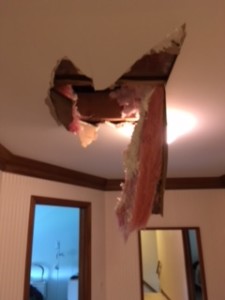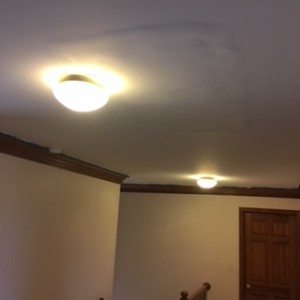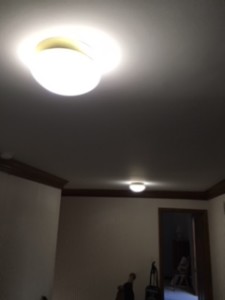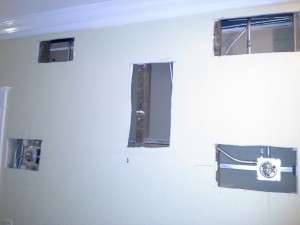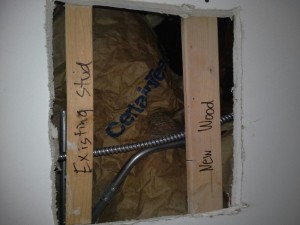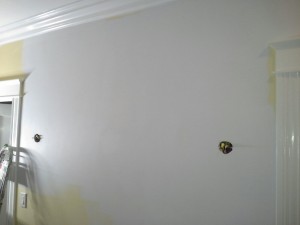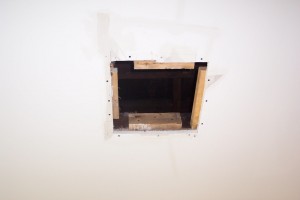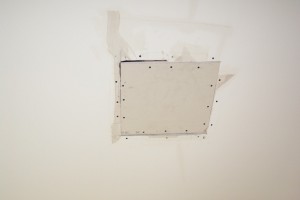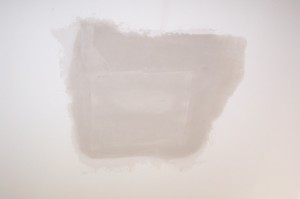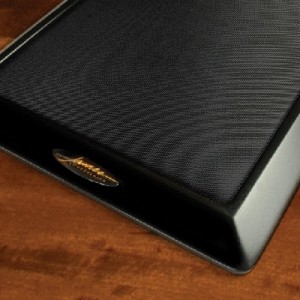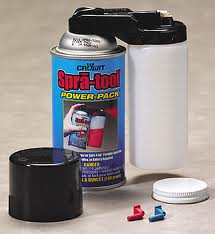As painting and Decorating Contractors in the Chicago area, we were recently, asked to repair five ceilings that were originally painted with calcimine. The problem with calcimine is that, after many years, all the layers of paint on top of it begin to peel off. The peeling areas may only be six to eight inches across, but once you start scraping the flaking paint, you may end up with several square feet of scraped surfaces, as shown in the attached picture.
Calcimine was widely used in the nineteenth century and the first third of the twentieth century as an inexpensive way to give a clean and flat sheen to plastered surfaces. It was made of glue, chalk (or zinc oxide) water and coloring. The glue in calcimine made it quite vulnerable to environmental moisture or water leaks. This is why you must avoid reintroducing water on the painted surfaces.
Thoroughly scraping the affected areas is key. Once scraped, the peeled areas with an oil primer to avoid reactivating the calcimine. The scraped areas are then repaired with joint compound to make the surface smooth again. Finally, our product of choice for a basecoat is a flat oil paint specifically formulated to recoat old calcimine surfaces.
The care of an old house involves many quirky aspects like calcimine. Having the knowledge to understand how to take care of those matters is why we exist.







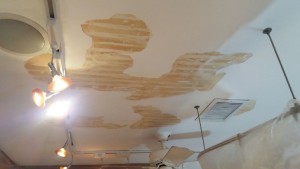
 Follow
Follow

